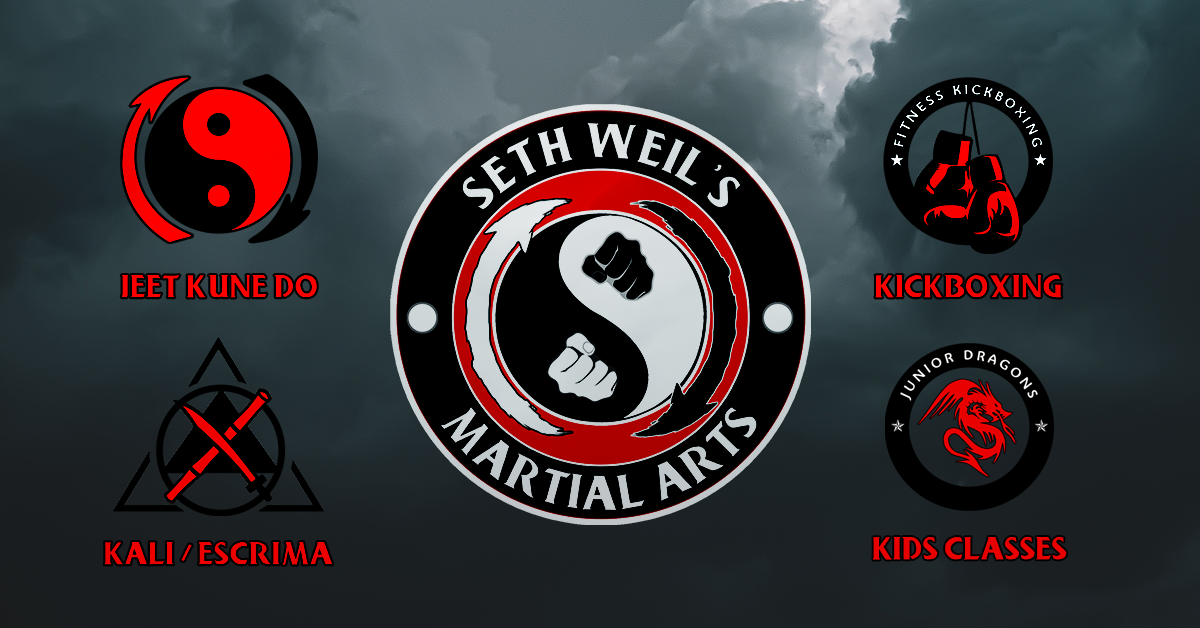
Jeet Kune Do (JKD), the martial art synonymous with Bruce Lee’s electrifying fighting style, goes far beyond flashy kicks and lightning-fast punches. At its core lie powerful theories that challenge traditional martial arts thinking and offer a unique approach to combat and life itself. Let’s delve into some of these key theories that shape the JKD philosophy:
1. The Formless Form: Unlike structured styles with defined techniques, JKD embraces a formless approach. Bruce Lee envisioned it as “water,” adapting to its environment and constantly flowing. Practitioners are encouraged to “absorb what is useful” from any style, discarding rigid forms and creating their own path based on individual strengths and situations.
2. The Centerline Theory: This central concept emphasizes controlling the imaginary line running down the center of your body and your opponent’s. By understanding how to dominate the centerline, you can control the flow of the fight, dictate attacks, and defend against incoming strikes.
3. The Principle of Interception: JKD doesn’t advocate blocking; it emphasizes intercepting your opponent’s attack at its earliest point. This minimizes damage and allows for immediate counter-attacks, capitalizing on their momentum and creating openings.
4. Economy of Motion: JKD prioritizes efficiency and minimizes wasted movement. Every strike should be direct, simple, and effective, delivering maximum impact with minimal energy expenditure. Fancy techniques and overly complex movements are discouraged.
5. Beyond Technique: While mastering techniques is crucial, JKD emphasizes developing attributes like adaptability, awareness, and sensitivity. It’s about reading your opponent’s intentions, reacting instinctively, and flowing with the situation rather than relying solely on memorized moves.
6. Non-Telegraphic Movement: JKD discourages telegraphing your intentions through body language or tells. Strikes should be launched seamlessly, making it difficult for your opponent to predict and counter them.
7. Continuous Learning and Evolution: JKD isn’t a static system; it’s a philosophy that encourages continuous learning and adaptation. Practitioners are expected to experiment, explore different concepts, and evolve their approach based on their experiences and understanding.
8. Beyond Fighting: While self-defense is a key element, JKD’s theories extend beyond physical combat. They can be applied to various aspects of life, encouraging personal growth, breaking free from limitations, and expressing oneself authentically.
Embracing the Flow: By understanding these core theories, we gain a deeper appreciation for JKD’s true essence. It’s not just about learning fancy kicks and punches; it’s about developing a fluid, adaptable approach to life, constantly evolving and flowing with the challenges that come our way. So, step onto the path of JKD, explore its underlying theories, and discover the warrior within – a warrior not just of the physical world, but of life itself.
